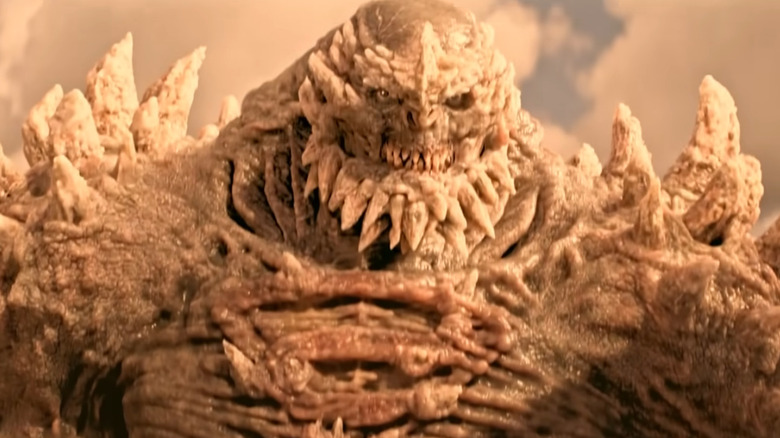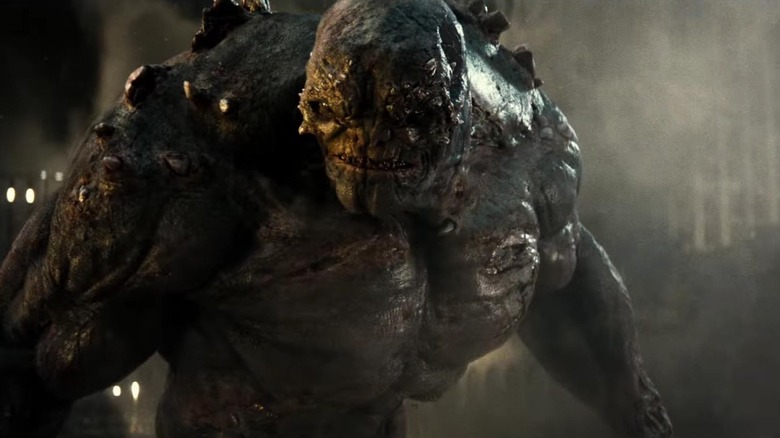Before James Gunn reboots the DC Universe and gives us another Superman on the big screen in 2025, we’re saying goodbye to “Superman & Lois,” the single best Superman story in decades. The show features exactly the kind of innately good, kind, big ol’ galoot version of the Man of Steel that Gunn has promised to deliver, which is itself the kind of live-action Superman fans have been clamoring for — and it’s done so for four seasons already. Contrary to the title, though, “Superman & Lois” is really the Lois and Clark show and spends most of its time focusing on Clark Kent, the human behind the symbol and a flawed yet inspiring hero who messes up but always tries to do what’s right.
“Superman & Lois” has been firing on all cylinders throughout its fourth and final season, telling a phenomenal story involving Lex Luthor, finally unveiling Jimmy Olsen in a rather sweet and emotional episode where Superman reveals his secret identity to the world (which was already a monumental reveal that has rarely ever done in the comics, especially not as a permanent thing), and even pulling off a great “The Death of Superman” adaptation, with Superman coming back to life but slowly becoming mortal.
That last bit works in no small part due to the changes “Superman & Lois” makes to Doomsday. The show has always taken liberties with the source material, and this storyline is no exception. The seeds for Doomsday were first planted in the “Superman & Lois” season 2 premiere when a character in a massive radiation suit (like the one Doomsday first appeared in) was revealed to be Bizarro Superman. In this version, however, a defeated and deceased Bizarro Superman is brought back to life using Superman’s blood, and is then repeatedly killed and resurrected by Lex Luthor to the point where Bizarro becomes a mutated, mindless monster that is virtually unstoppable.
Since the character properly made his debut in the season 3 finale, we’ve seen Doomsday continue to evolve and become more monstrous. This all led to the penultimate episode of “Superman & Lois,” in which the character took on his final, most comics-accurate form. Immediately, fans took to social media afterwards to compare this take on Doomsday to that from a rather controversial DC movie. I, of course, mean “Batman v Superman: Dawn of Justice.”
Superman & Lois does Doomsday better than Batman v Superman
Doomsday’s final appearance in the second-to-last episode of “Superman & Lois” definitely looks much better than the character’s design from “Batman v Superman.” Not only is it more accurate to the aesthetic of the comics, but the way Doomsday mutated in his different appearances made the transformation from Bizarro into a proper monster easier to digest. What’s more, “Superman & Lois” actually manages to make the character look good even during the daytime, which is notoriously hard to pull off as you can’t mask the quality of the CGI with shadow and darkness.
It’s not just Doomsday, either. From the very start, “Superman & Lois” has always looked much better than other DC TV series on The CW, either due to a bigger budget or because its crew had learned a lot from working on the various Arrowverse shows and knew how to better use CGI to bring us an epic Superman story.
Funnily enough, both “Batman v Superman” and now “Superman & Lois” have reimagined Doomsday as a mutated, deceased Kryptonian. Still, in the latter’s case, the motivations for Bizarro Superman/Doomsday and for Lex Luthor to hate Superman were more fleshed out than they were for their “Batman v Superman” counterparts. What’s more, the design of the Doomsday character was simply done better from the start, finding a balance between cartoonish and grounded.
With “Superman & Lois” about to bow out with its final episode on December 2, 2024, it will conclude any remains of the Arroweverse along with it. Still, seeing as there’s more than half a year left before a new “Superman” movie arrives, there’s plenty of time to catch up on the massive interconnected franchise that was the Arrowverse.










